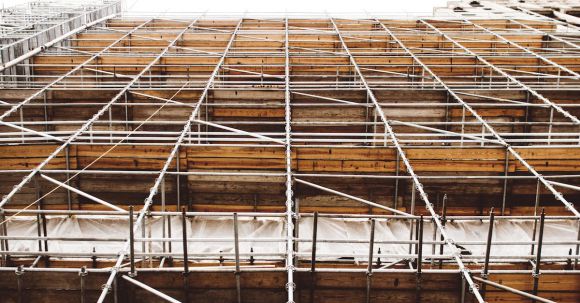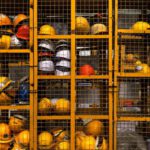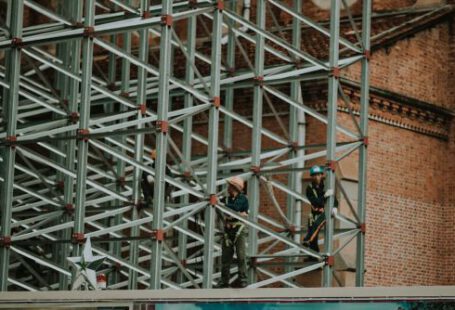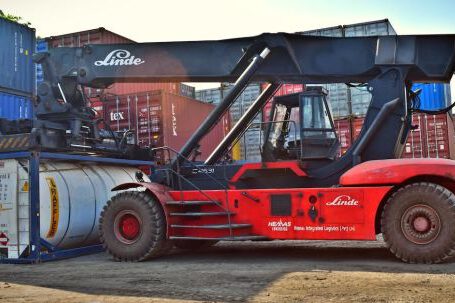The potential applications of virtual reality (VR) in construction are vast and far-reaching. From simulating complex construction processes to designing and testing construction equipment, VR offers a host of advantages over traditional methods. By giving architects, engineers, and contractors the tools they need to visualize and explore projects in great detail, VR offers a level of accuracy and control that can’t be matched by conventional methods.
The Benefits of VR in Construction
VR technology eliminates the need for physical models or prototypes in the design and testing of construction equipment. By providing a 3D environment in which to interact with design elements, VR allows designers to quickly explore different options and get a better understanding of how their components will interact with each other. With traditional methods, designers can’t get a true sense of scale or interact with the components in a tactile way. With VR, they can easily interact with and adjust the details of their design until they get the perfect result.
In addition to the enhanced accuracy and control afforded by VR, the technology provides a number of other advantages. By allowing designers to experience a project in a three-dimensional environment, they can get a better sense of the details of the job and can identify potential problems before they become costly issues. This can save contractors time and money by reducing the need for costly changes and costly delays.
VR also offers the potential for enhanced collaboration between designers, engineers, and contractors. By allowing everyone to be in the same virtual space, they can easily communicate and work together to make sure that the project meets all the necessary standards and specifications.
Designing and Testing Construction Equipment
The use of VR in designing and testing construction equipment has a number of advantages over traditional methods. First, it allows designers to explore the equipment in a 3D virtual environment, giving them a better understanding of the components and the overall project. This can help to reduce the number of costly changes that may be needed during the design process.
VR also makes it easier to test the equipment in a safe and controlled environment. Traditional methods of testing require the equipment to be physically constructed, which can be a time-consuming and expensive process. By using VR, designers can quickly and accurately simulate the equipment in use, allowing them to identify potential problems before they become costly issues.
Finally, VR technology makes it easier for designers to share their designs with others. By using a VR platform, designers can easily share their designs with colleagues, contractors, and clients in a format that is easy to view and understand. This can help to reduce the amount of time spent on revisions and re-designs, as well as helping to ensure that everyone is on the same page with regards to the design.
Conclusion
The use of virtual reality in designing and testing construction equipment offers a number of advantages over traditional methods. From enhanced accuracy and control to improved collaboration, VR provides a range of benefits that can help to reduce the amount of time and money spent on projects. By allowing designers to explore their designs in a 3D environment, VR makes it easier to identify potential problems before they become costly issues, saving contractors time and money. With its many benefits, VR is quickly becoming an essential tool for architects, engineers, and contractors.






